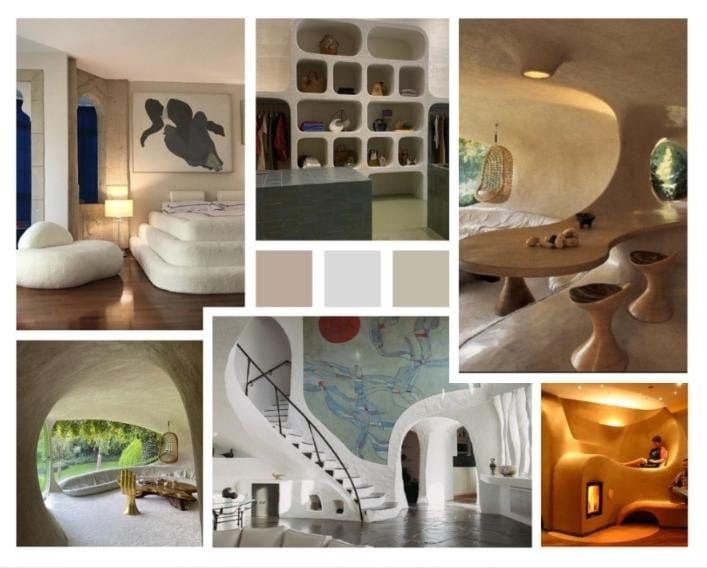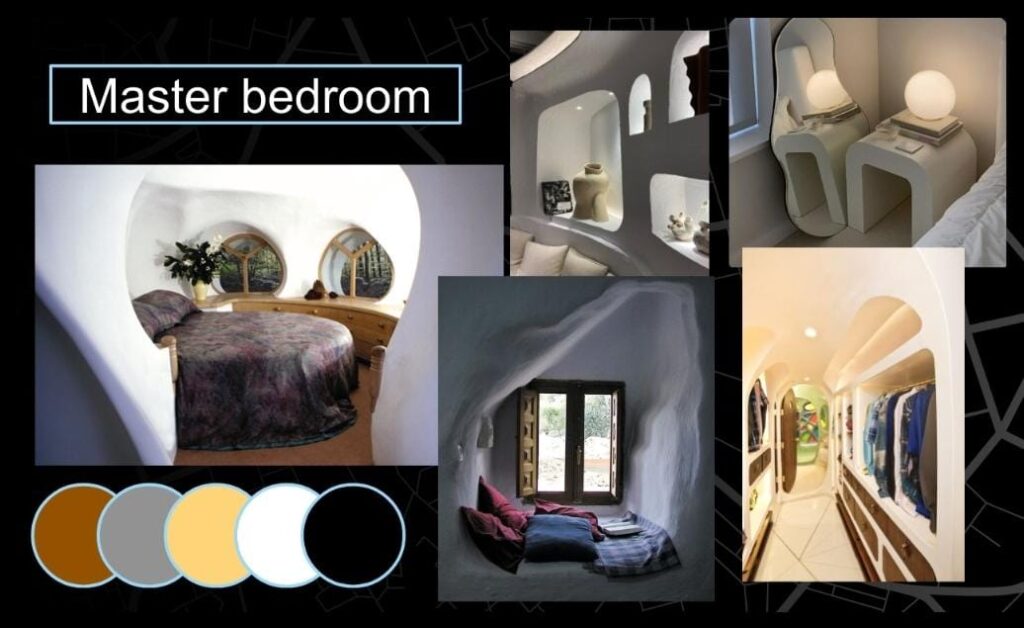
Organic Architecture
What is Organic Architecture?
Organic architecture is a stylistic or aesthetic movement, which in short, is an architectural concept that promotes the harmony of human settlement with the natural organic environment. This is achieved by adapting a design approach that takes into account the natural environment, so that organic design and construction, furnishings and atmosphere become a much more unified and intertwined whole composition that adapts to human amenities.
An abstract organic architecture is also part of an expression that refers to a current of architecture resulting from the work of the theoretical architect of the twentieth century, Frank Lloyd Wright, which is to consider or conceive of a habitat as a living organism between nature and the environment.
History
From a more conceptual point of view, Frank Lloyd Wright’s organic architecture posited that housing influenced the lifestyle and personality of its occupants. A healthy and ecological construction allows people to care more about their environment. Thus a new architectural concept was born: organic architecture.

The concept and history of this architecture and the repercussions is more of a philosophy than a true architectural style, which was developed by the famous American architect Frank Lloyd Wright in the first half of the 20th century, who described his naturally integrated approach as a new architectural paradigm. Wright was an attentive observer of the natural world, so he found inspiration in the styles and processes of nature to build a thriving and sustainable ecosystem.
What does Organic Architecture aim for?
The fundamentals of this architecture are commonly seen as a translation of Wright’s “all-inclusive” idea of organic design. Materials, structures, patterns and principles of order, in general, tend to be repeated throughout the building, making them more holistic and intentional. he manifesto of organic architecture refers not only to the literal relationship of the building to nature, but also to the way in which the building design is implemented to promote the unification of the building with nature as a “unified organism.”

Modern organic architecture reflects various organicist sustaining elements, from windows and doors to floors and furniture. Each element appears to be in relationship with the others, reflecting the symbiotic order of nature. By blending interiors and exteriors and maintaining a harmonious atmosphere, organic architecture strives and aims to unite human habitation with nature.
General Principles
In organic building: It is not just a design as an individual housing or a rigid piece of object. However, the principles of organic construction are part of the design. Construction and nature cannot be considered as separate elements. Nature and natural materials must be respected (for example, wood must be wood and not some other derivative). Organic design in architecture cannot be bad, since any organic building is being inspired by nature and built with the principles of organic architecture.

However, the designs of an architecture with curves must be free, flexible and adaptable, so that the buildings are perfectly integrated to their environment. That is to act in quality and elegance to the natural elements in organic architecture. Houses built according to the principles of organic architecture in housing combine modernity, comfort and ecology. They are designed to provide the best possible energy efficiency while ensuring optimal functionality for the occupants. Natural, ecological and durable, they are carefully insulated and protected from external aggressions (differences in temperature, humidity, air, etc.).

Elements of Organic Architecture
- Simplicity and restfulness are important qualities in assessing the value of architecture. Therefore, it is necessary to simplify the design of the structure and limit the number of distinct rooms, rethinking them as open spaces.
- Doors, windows and furniture should blend in with the ornamentation of the structure.
- A building should appear to come from its location and the structure should appear as if it was created by nature itself.
- The color of the fields and woods should inspire the main color of the building to express a natural aesthetic.
If you care to learn further about how workshops are structured at LISAA School of Design, please click below to get in touch with our team.